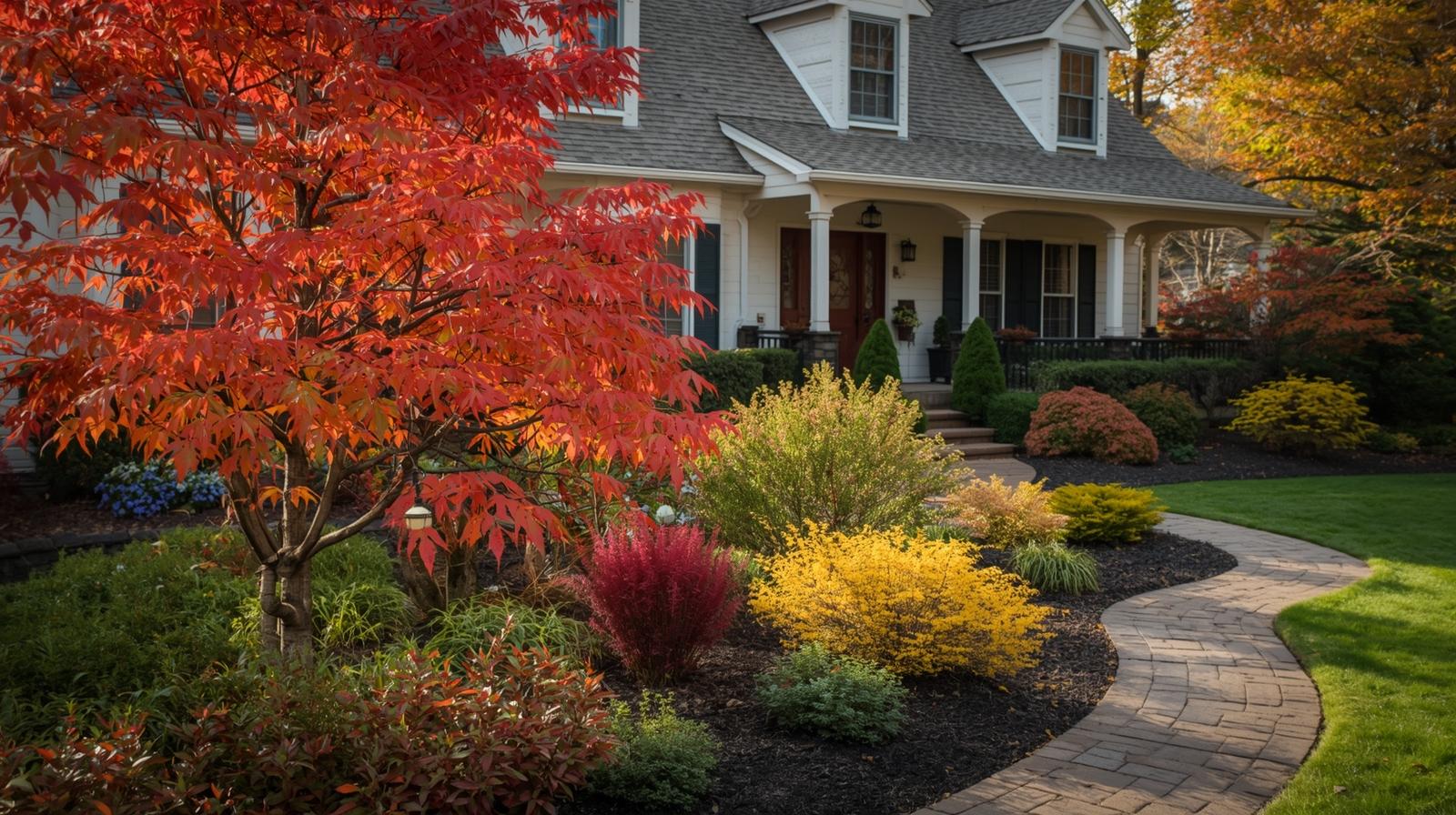🌳 Planting Native Trees in Fall: Timing and Tips
Fall is one of the best times to plant trees—especially native species that thrive in your local climate.
Cooler temperatures, steady rainfall, and softer soil create the perfect environment for roots to establish before winter.
By planting in fall, you give your trees a head start for strong, healthy growth come spring.
Here’s everything you need to know about when and how to plant native trees this fall from the experts at LawnMart.
🍁 Why Fall Is Ideal for Tree Planting
Many homeowners assume spring is the best planting season, but fall offers unique advantages:
Cool air and warm soil encourage rapid root growth.
Less heat stress means trees can focus on establishing roots rather than growing foliage.
Reduced watering needs compared to summer planting.
Fewer pests and diseases threaten young trees.
By planting now, trees can settle in quietly through winter and emerge stronger next spring.
🌿 Choose the Right Native Trees for Your Area
Native trees are naturally adapted to local soil, rainfall, and temperature patterns—meaning they require less water, fertilizer, and maintenance.
They also provide essential habitat and food for pollinators and wildlife.
Popular Native Trees by Region:
Northeast: Red Maple, Eastern Redbud, White Oak
Southeast: Dogwood, Sweetgum, Southern Magnolia
Midwest: Serviceberry, Sugar Maple, Hackberry
Southwest: Desert Willow, Palo Verde, Mesquite
West Coast: California Sycamore, Coast Live Oak, Bigleaf Maple
💡 LawnMart Tip: Visit your local LawnMart Garden Center to find native trees suited to your specific region and soil type.
🌱 Timing: When to Plant
The key to successful fall planting is giving roots time to establish before the ground freezes.
Best window: Late September through early November (depending on your region).
Soil should remain above 50°F for several weeks after planting.
Avoid planting too late in the season if hard frost is expected within a few weeks.
💧 Pro tip: Water thoroughly at planting time, then continue watering every 7–10 days until the ground freezes.
🪴 How to Plant Native Trees Correctly
Follow these simple steps to give your trees the best start:
Choose a sunny, well-drained spot away from structures and power lines.
Dig a hole twice as wide as the root ball but no deeper.
Loosen compacted soil and mix in compost for better drainage.
Place the tree so the top of the root ball is level with the ground.
Backfill with native soil, gently tamping down to remove air pockets.
Water deeply and apply a 2–3 inch layer of mulch (keeping it away from the trunk).
💡 LawnMart Tip: Staking may be helpful for taller young trees in windy areas—but remove stakes after one year to prevent root restriction.
🌤 Caring for Newly Planted Trees
Water deeply and infrequently to encourage deep root growth.
Mulch annually to retain moisture and regulate soil temperature.
Avoid fertilizing during the first fall—wait until spring if needed.
Check moisture regularly during dry spells, even in winter.
Proper care during the first year ensures your tree establishes a strong, healthy root system that will support decades of growth.
Planting Native Trees in Fall
Timing and Tips
